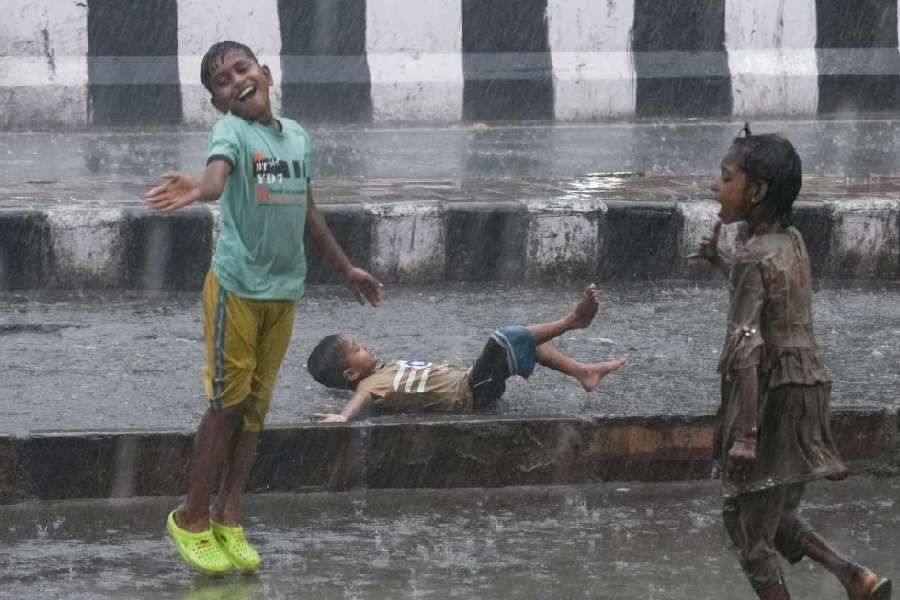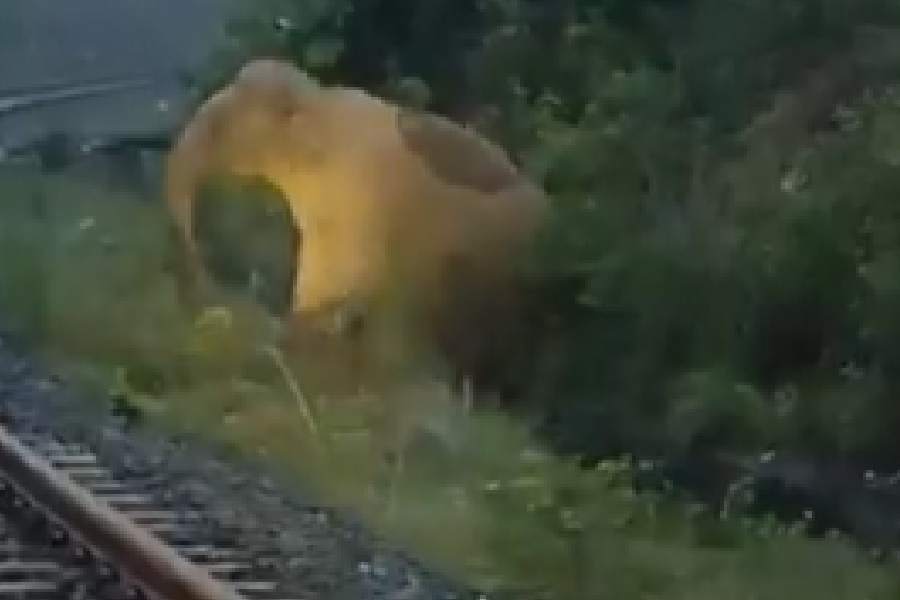Jorhat, Nov. 3: The directorate of mines safety under Union ministry of labour and employment, that monitors safety norms by all kinds of mines, has suggested to the companies involved in coal mining in the Northeast to introduce surface mining system in open-cast mining and continuous mining system in underground mines.
These two systems have adopted modern technologies in which mining is done without blasting in both open-cast and underground coal mines and thereby reduces the risk factors involved.
The deputy director general (mines safety) Eastern Zone, Utpal Saha, who visited the ONGC Assam and Assam Arakan Basin headquarters at Cinnamara, off Jorhat, told The Telegraph today that the directorate recently suggested to the operators (companies) carrying out mining in Assam and Arunachal Pradesh to apply surface mining and continuous mining machines in open cast and underground mines respectively if the “economics” permit.
Saha said the companies have been asked to see if introduction of such expensive machines would be beneficial or not for the companies as that depends on the amount of reserves the mines are estimated to possess.Saha said such companies would adopt the new technologies if they find it viable. He said in both the cases, coal is extracted by the machines that cut the coal in layers.
In the Northeast, there is only one underground coal mine in operation at Tipong near Margherita in Tinsukia district. The other two underground coal mines at Ledo and Borgulai in the district have been closed since 2008 according to the directive of the directorate because of safety reasons. The directive came after an accident. Open-cast coal mines are now at Namsik, Tirap (Arunachal Pradesh) and at Tikok in Assam, he added.
Saha said the directorate was planning to ask all mines companies involved in underground mining in the country to introduce radio frequency identity technology in their mines to track down and locate trapped miners in case of a disaster. He said with the new technology, a radio frequency collar tag is fitted to the helmets or the costume of a miner and if some calamity takes place inside the mine then the exact area where the miners are trapped could be located.
Saha said another new system adopted recently in many underground mines across the country, including the one in Assam is the tele-monitoring system, by which the environment conditions in the underground mines is monitored. He said the level of gases like methane, carbon monoxide, oxygen is monitored inside the mines and if there the percentage of any of these gases go above the danger level then steps are taken for safety of the miners.
Saha said recently, new measures have been taken by the directorate to monitor the health of the miners. He said lipid profile, chest radiography and hearing ability tests according to new International Labour Organisation norms are conducted, before the miners are appointed and also every five years and for those above 45 years and there tests are done every three years. For miners above 50 years, the tests are conducted every two years.
He said the directorate has asked the mining companies to make a list of miners and what work they have been entrusted and to supervise it to avoid any kind of confusion. There are over 150 mines of different kinds in the eastern zone that comprise the Northeast and Bengal.











